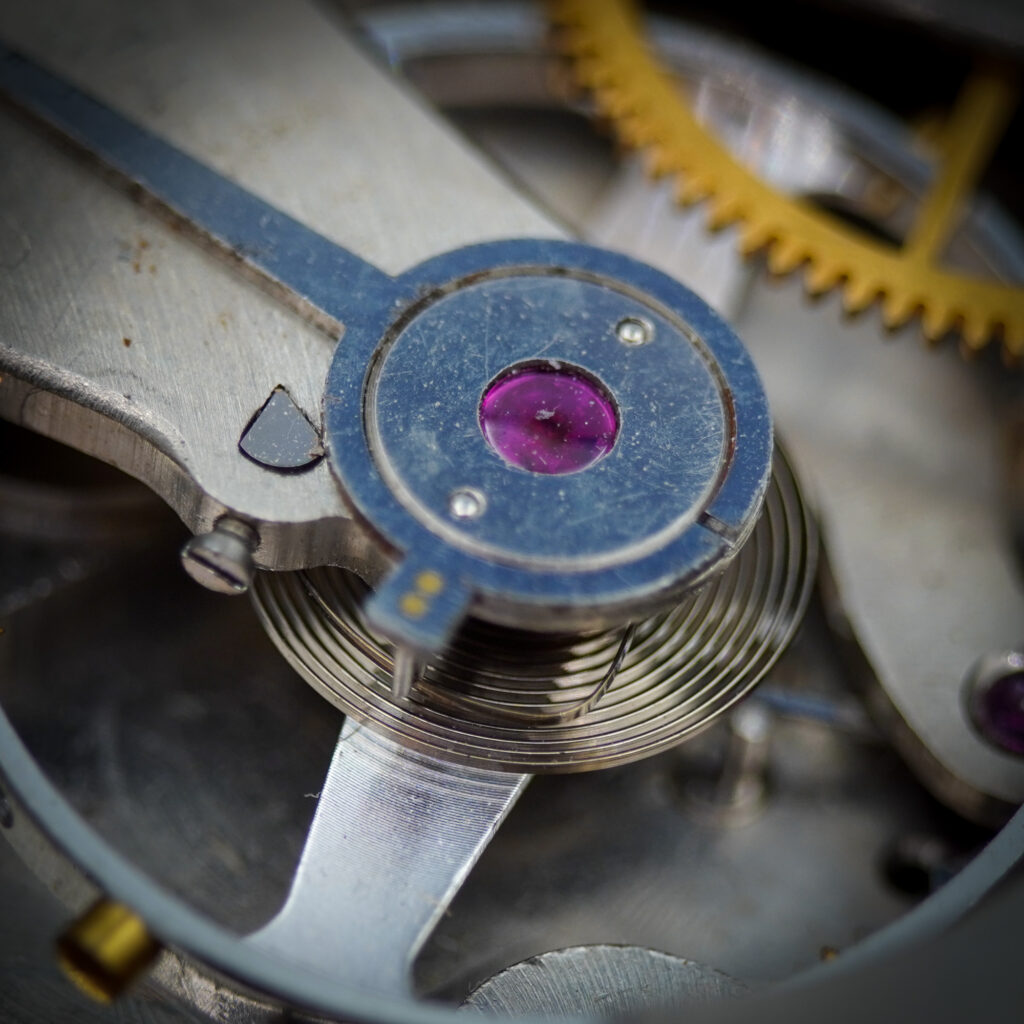
Hairsprings

Pictured: Non-Magnetic Watch Company Grade No. 100 Extra, Especially Adjusted by Alexis Favre, 1888 Catalog Page Reproduced in the June 1989 Issue of the NAWCC Bulletin, “Non-Magnetic Watch Co. of.
Pictured: Advertisement by R. Haswell and Sons for Paillard’s Palladium Balance Springs, The Horological Journal, July 1883 Charles-Auguste Paillard originally developed palladium alloys for use in fine marine chronometers due.

Pictured: C.A. Paillard’s Palladium Hairspring English Patent #6367. In the late 1870s, after a decade of experimentation, Charles-Auguste Paillard successfully developed a palladium alloy that was immune to corrosion, featured.
Pictured: “Palladium Balance Springs” (Excerpt), The Horological Journal, July 1879. When Charles-Auguste Paillard moved to Geneva in 1862, he dedicated his research to developing a corrosion-immune alloy for hairsprings used.

Pictured: Charles-Auguste Paillard Portrait [Courtesy of hautehorlogerie.org] In 1840, Charles-Auguste Paillard was born in the Swiss village of Sainte-Croix. His father was a watch adjuster by trade, and his mother.
Private Label Trade Names on American Pocket Watches: “Burlington Watch Co.” Part 19: Swiss Features
Pictured: Burlington Special “Two Swiss Features” Burlington Watch Company Catalog, c.1911. Despite being manufactured in America, the Burlington Watch Company noted two Swiss features of the “Burlington Special” in their.






